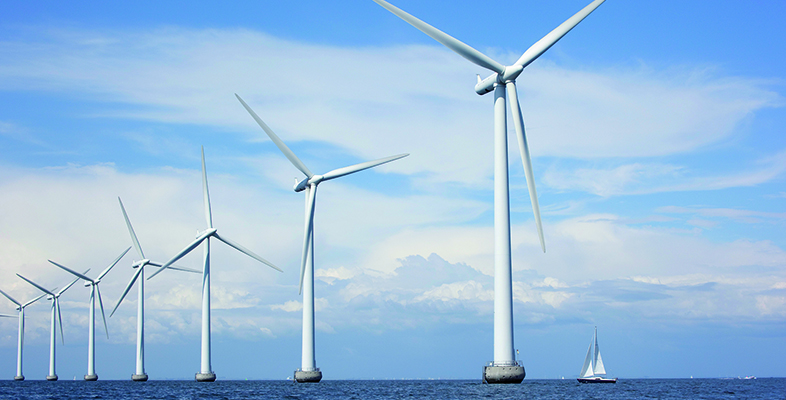4.1.3 Washing machines and ‘wet appliances’
In 2019 washing machines and heated dryers, together with dishwashers, accounted for 14 TWh of electricity, about 4% of national consumption. Few dramatic improvements seem to be expected. The energy use is mainly dependent on the amount of hot water used and need for tumble drying.
Most washers already have an ‘economy cycle’, which uses lower temperatures and less hot water but more agitation over a longer period. The use of high-speed spin dryers reduces the need for heat energy in tumble drying.
Like refrigerators these have an energy rating scale and the energy labels (Figure 41) also specify the water consumption.
Similarly, energy-efficiency improvement in dishwashers has concentrated on using less water, since heating the water is where most of the energy is used. Although ownership is expected to increase, UK domestic energy use in wet appliances may reduce by 20% by 2050 (Boardman et al., 2005).
